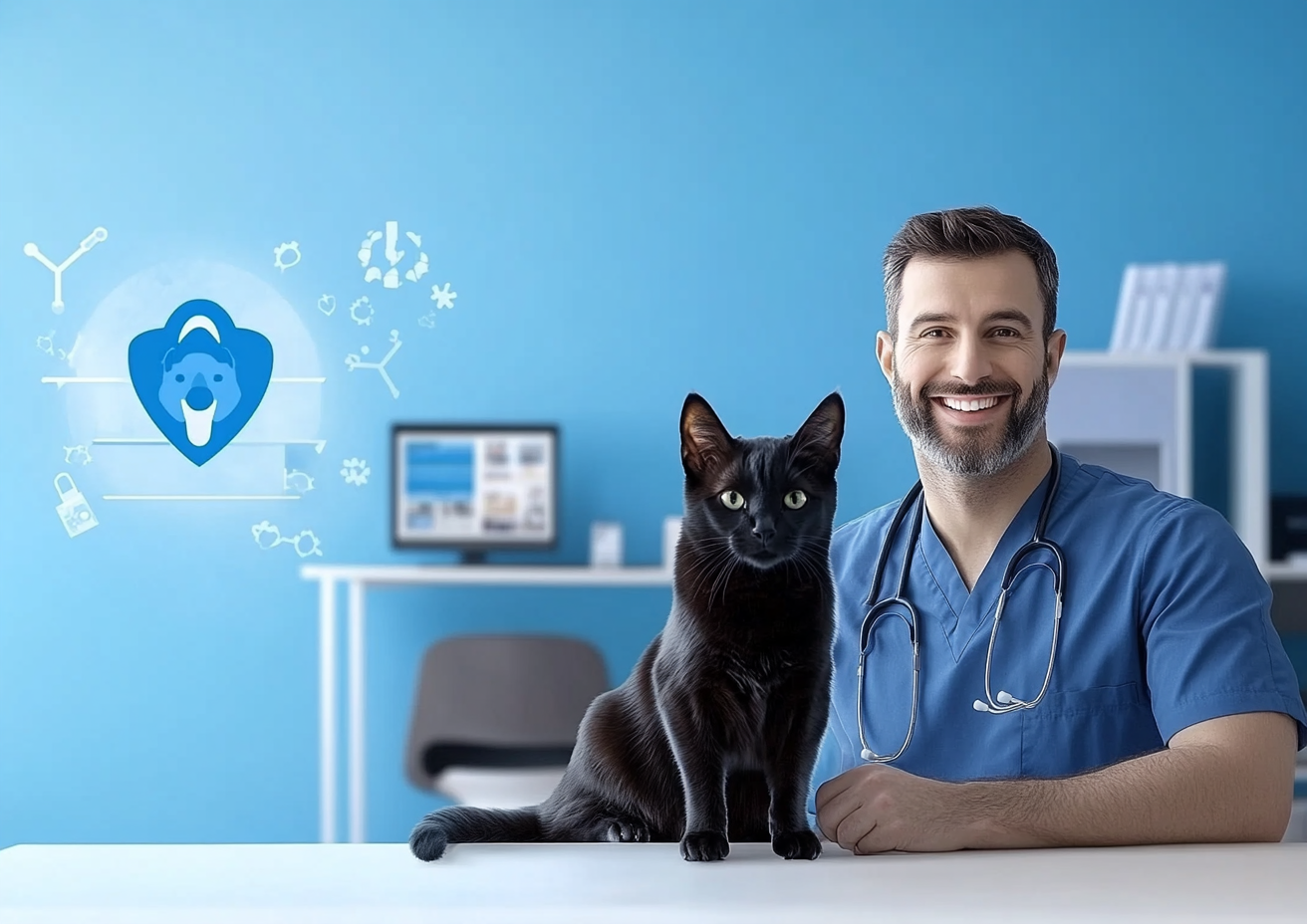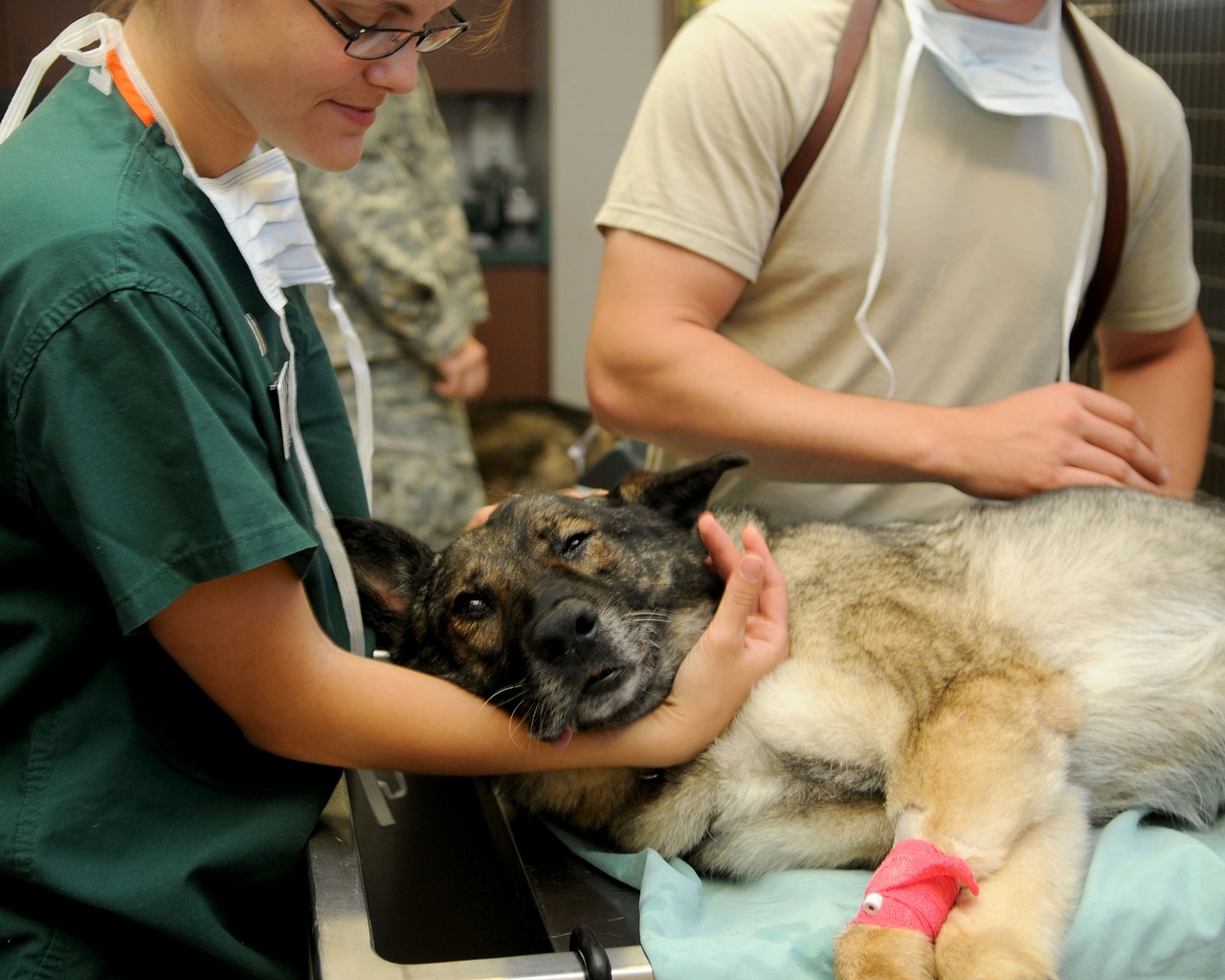Veterinary Pathologists play a vital role in the veterinary field by diagnosing disease through histopathology, cytology, and clinical laboratory analysis. Because accurate diagnosis drives effective treatment, the right pathologist elevates medical quality across your entire organization. Moreover, by hiring top talent in this specialty, you not only strengthen your team’s expertise but also improve case turnaround times, reduce costly misdiagnoses, and enhance client trust. Consequently, operational success follows as protocols become clearer, communication tightens, and clinicians receive definitive answers faster.
Why Hire a Veterinary Pathologist?
Veterinary Pathologists are essential to modern veterinary medicine. They provide definitive diagnoses, guide therapy, and collaborate with clinicians on complex cases. In addition, they support research, contribute to biosecurity, and educate teams—making them a force multiplier for both care quality and efficiency.
Accurate Diagnosis
Pathologists synthesize histopathology, cytology, hematology, and chemistry findings into actionable reports. Therefore, animals receive the right treatment sooner, misdiagnosis risk drops, and recovery rates improve.
Increased Efficiency
Because a dedicated pathologist streamlines test selection, sampling technique, and interpretation, clinicians avoid unnecessary repeats. As a result, teams save time and resources while focusing on critical patient care.
Research & Development
Many Veterinary Pathologists publish, run trials, or validate assays. Consequently, your hospital gains access to cutting-edge insights that lead to better protocols and novel therapies.
Education & Training
Pathologists often teach biopsy techniques, sampling adequacy, and slide preparation. In turn, technician and doctor confidence rises, sample quality improves, and turnaround times shrink.
Crisis Management
During outbreaks or atypical clusters, a pathologist’s epidemiologic awareness and diagnostic triage become indispensable. Thus, your organization responds faster, communicates clearly, and protects animal and public health.
Explore specialty standards: American College of Veterinary Pathologists (ACVP) and American Society for Veterinary Clinical Pathology (ASVCP)
https://www.acvp.org • https://www.asvcp.org
Types of Veterinary Pathologist
Different service lines demand different pathology expertise; accordingly, match role to your case mix.
-
Anatomic Pathologists
Focus on tissues and organs (biopsies, necropsies). They identify neoplasia, inflammation, and congenital disease, thereby anchoring surgical and oncology decisions. -
Clinical Pathologists
Emphasize laboratory data (CBC, chemistries, urinalysis, cytology). They correlate lab abnormalities with pathophysiology, which, in turn, sharpens internal-medicine plans. -
Veterinary Forensic Pathologists
Investigate suspicious injury or death for legal matters. Consequently, their testimony influences welfare cases and policy outcomes. -
Research Pathologists
Develop and validate diagnostics, GLP studies, or translational models. Therefore, hospitals, biotech, and universities benefit from rigorous study design and QA. -
Environmental/Toxicologic Pathologists
Evaluate toxin exposures and ecosystem impacts. As a result, they guide mitigation, compliance, and herd/flock health strategies.
For diagnostic laboratory quality and biosafety frameworks, see AAVLD and CDC Biosafety:
https://www.aavld.org • https://www.cdc.gov/biosafety
Where to Find a Veterinary Pathologist
Finding the right specialist requires a multi-channel plan; however, the following sources consistently produce strong candidates.
-
Online Job Boards
Indeed, VetJobs, and academic boards offer broad exposure; nevertheless, you’ll need rigorous screening to filter for board-certified talent. -
Staffing Agencies
Specialized partners can deliver pre-vetted, ACVP-credentialed candidates quickly. Admittedly, fees apply, yet time-to-hire typically shortens and mis-hire risk drops. -
Professional Networks
ACVP and ASVCP meetings, listservs, and forums surface passive candidates; however, relationship building takes time and persistence. -
Pulivarthi Group
We provide calibrated shortlists tailored to your caseload, instruments, and workflow—so you interview fewer people and hire with confidence.
Hiring Challenges (and Practical Solutions)
Skill Assessment
Pathology skills vary from biopsy sign-out to complex cytology. Therefore, request de-identified reports, slide sets, and a brief diagnostic rationale exercise to verify depth and clarity.
Cultural Fit
A brilliant diagnostician may still struggle with service style. Consequently, include technicians and internists in interviews, and score communication, responsiveness, and coaching behavior.
High Competition
ACVP-boarded pathologists are in demand. Thus, move decisively, communicate timelines, and present competitive packages with CE and dedicated sign-out time.
Retention Risks
Workload spikes and turnaround pressure can drive attrition. Accordingly, set realistic case caps, protect focused reading blocks, and rotate after-hours consults.
Experience Gaps
A candidate may be strong in anatomic but light in clinical (or vice versa). As a result, define must-have competencies up front and plan a 90-day mentorship for secondary skills.
Qualifications and Licenses
To ensure quality and compliance, align requirements with recognized standards.
-
Doctor of Veterinary Medicine (DVM/VMD) – Foundational clinical education.
-
Board Certification (ACVP) – Demonstrates advanced expertise in Anatomic and/or Clinical Pathology.
-
State Licensure (as applicable) – Required for certain direct practice activities; verify via AAVSB resources.
-
Years of Relevant Experience – Biopsy sign-out volume, necropsy caseload, or clinical pathology bench leadership.
-
Research/CE Participation – Ongoing education ensures up-to-date methods and interpretive frameworks.
Licensure & mobility: AAVSB | Workforce & economics: AVMA
https://www.aavsb.org • https://www.avma.org
Sample Veterinary Pathologist Job Description
Job Overview
We seek a Veterinary Pathologist to provide timely, accurate diagnostic interpretations and collaborative clinical guidance across our service lines.
Key Responsibilities
-
Interpret biopsies, cytologies, and/or clinical lab data with clear, clinically useful reports.
-
Consult with clinicians on sampling strategy and differential diagnosis.
-
Maintain quality systems (controls, peer review, and correlation studies).
-
Support training (biopsy adequacy, smear prep, and submission guidelines).
-
Contribute to R&D, validation, or method comparisons as needed.
Required Skills
Precise written communication, decisive interpretation, service-oriented collaboration, and data literacy.
Qualifications
DVM/VMD; ACVP board certification (AP, CP, or combined); state license as required; 3+ years of relevant sign-out experience.
Veterinary Pathologist Interview Questions (and What You’re Measuring)
-
“Walk me through your diagnostic process from specimen receipt to report.”
Evaluates reasoning, QC steps, and report clarity. -
“What’s your approach to tissue sampling adequacy and clinician feedback?”
Measures coaching style and service mindset. -
“Describe a challenging or ambiguous case and your final resolution.”
Tests pattern recognition, literature use, and communication under uncertainty. -
“How do you stay current with advances in immunohistochemistry and molecular tests?”
Assesses CE engagement and innovation readiness. -
“How have you collaborated with internists/surgeons to change treatment plans?”
Probes clinical impact and team integration.
When Should You Hire a Veterinary Pathologist?
You should hire when biopsy volume rises, turnaround becomes inconsistent, or clinicians struggle with sampling adequacy and test selection. Likewise, if you’re expanding oncology, internal medicine, or a referral service, in-house or dedicated pathology coverage immediately lifts quality. Therefore, don’t wait for backlogs; recruit proactively to protect outcomes and client trust.
How to Test Veterinary Pathologist Skills
-
Role-Specific Assessments – Provide de-identified slides/images and lab panels; request written interpretations and differentials.
-
Real-World Tasks – Ask for a mock consult note guiding sampling for a suspected soft-tissue sarcoma or IMHA.
-
Past Project Reviews – Evaluate validation summaries (IHC, cytology correlation) and QA initiatives.
-
Panel Interviews – Include clinicians and lab supervisors to gauge service fit and communication style.
Cultural Fit: Assess It Deliberately
-
Situational Questions – “Turnaround is slipping due to volume—how do you triage without compromising quality?”
-
Values Alignment – Map answers to your core values (clarity, timeliness, empathy for clients).
-
Team Involvement – Invite technicians and CSRs to weigh in on report readability and accessibility.
-
Growth Mindset – Explore appetite for teaching, peer review, and post-analytic correlation.
Average Salary in the U.S.
Veterinary Pathologists typically earn $80,000–$150,000+ annually, varying by geography, sector (academia, commercial lab, specialty hospital, industry), and board status. Additionally, packages often include CE funds, relocation, publication support, and protected sign-out time.
Market references and occupation data: BLS (related categories) and AVMA economics reports
https://www.bls.gov • https://www.avma.org
Pathology-Specific SOPs (and How to Build Them)
Specimen Collection & Submission
Detail container types, fixatives, minimum tissue size, and labeling standards; additionally, include photo examples and rejection criteria.
Diagnostic Reporting Protocols
Standardize report sections (gross, micro, diagnosis, margins, comments) and turnaround targets; furthermore, add plain-language summaries for owners.
Health & Safety Standards
Codify biosafety levels, PPE, waste disposal, and incident reporting following OSHA and biosafety guidance.
Equipment Maintenance & QC
Schedule microtome calibration, stain controls, LIS audits, and slide archiving with chain-of-custody tracking.
Build Method
Start with current practices, map the workflow, add exception branches, pilot with clinicians, then train and audit quarterly.
Safety & quality resources: OSHA | CLSI (lab standards)
https://www.osha.gov • https://clsi.org
Retention: How to Keep Great Pathologists
-
Offer Competitive, Transparent Compensation with clear productivity and quality incentives.
-
Protect Focused Work Time and cap daily cases to sustain accuracy and speed.
-
Invest in CE & Research (conferences, IHC panels, digital pathology).
-
Strengthen Collaboration via regular clin-path rounds and feedback loops.
-
Promote Work–Life Balance through flexible schedules and equitable on-call rotation.
Hire a Veterinary Pathologist with Pulivarthi Group
Pulivarthi Group connects you with pre-vetted, ACVP-credentialed Veterinary Pathologists matched to your service lines, throughput goals, and culture. Because we calibrate on must-have competencies, reporting style, and availability, you spend less time screening and more time elevating care. From scorecard design and case exercises to references and offer support, we help you hire quickly—and confidently.











